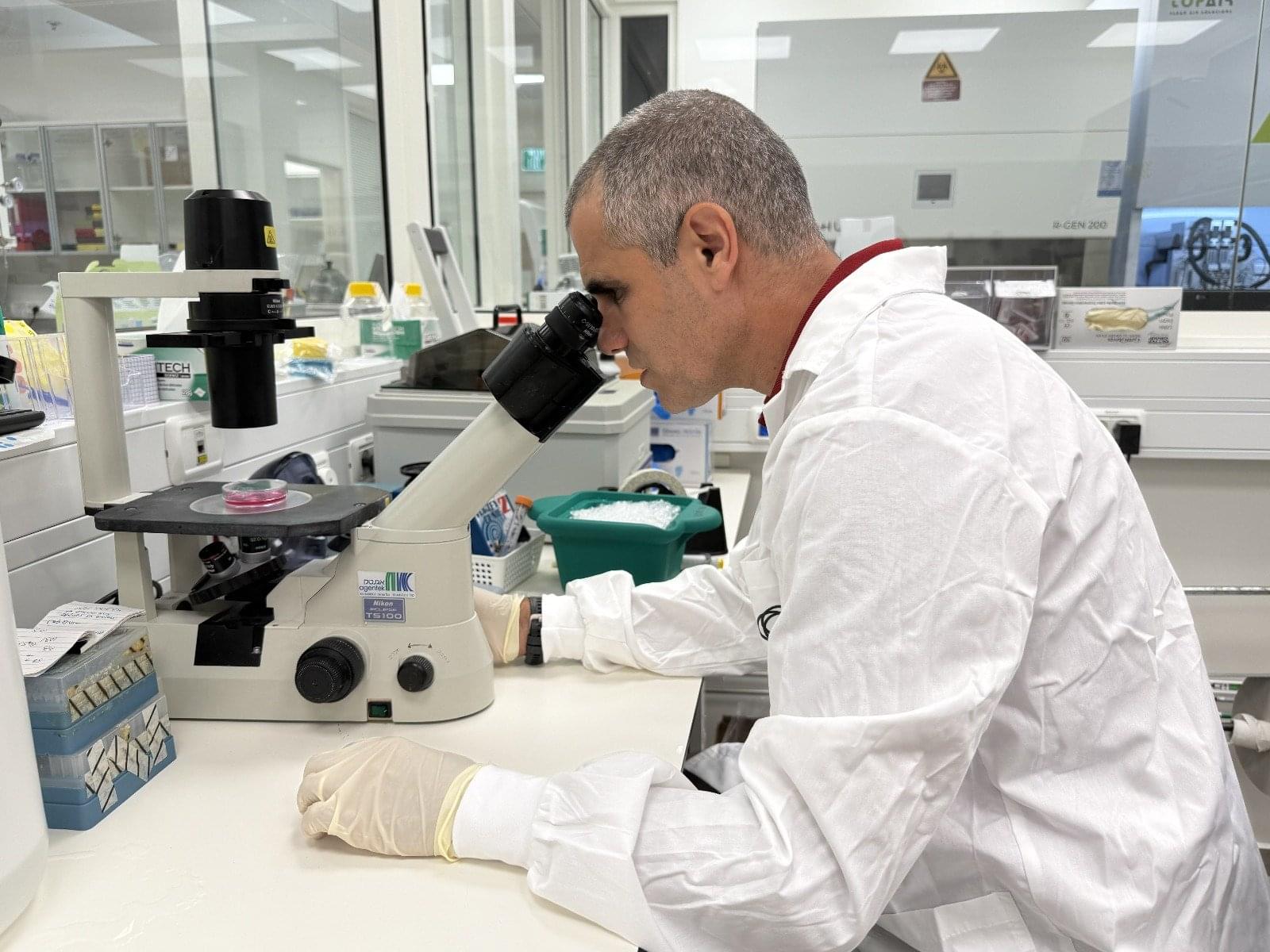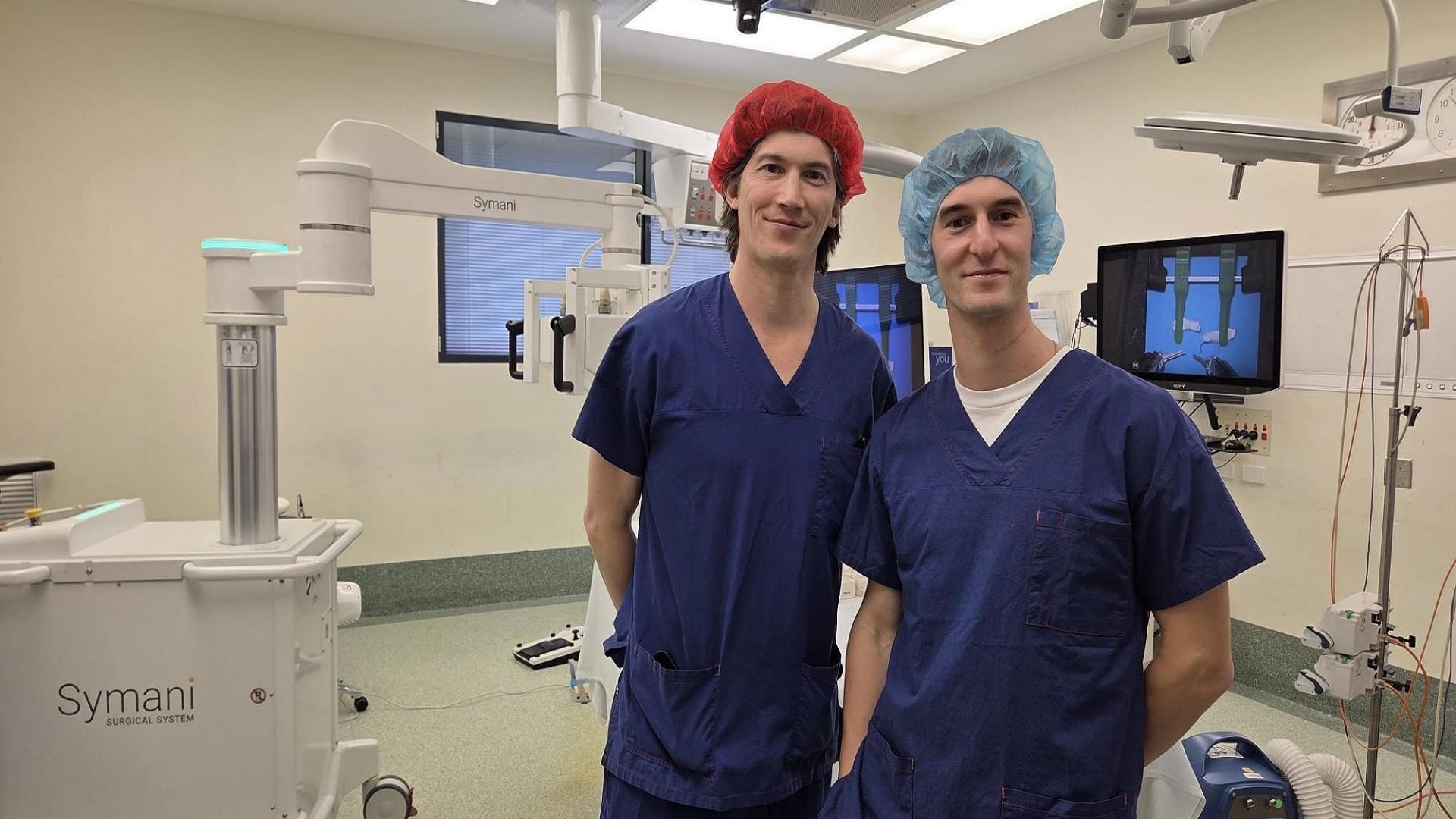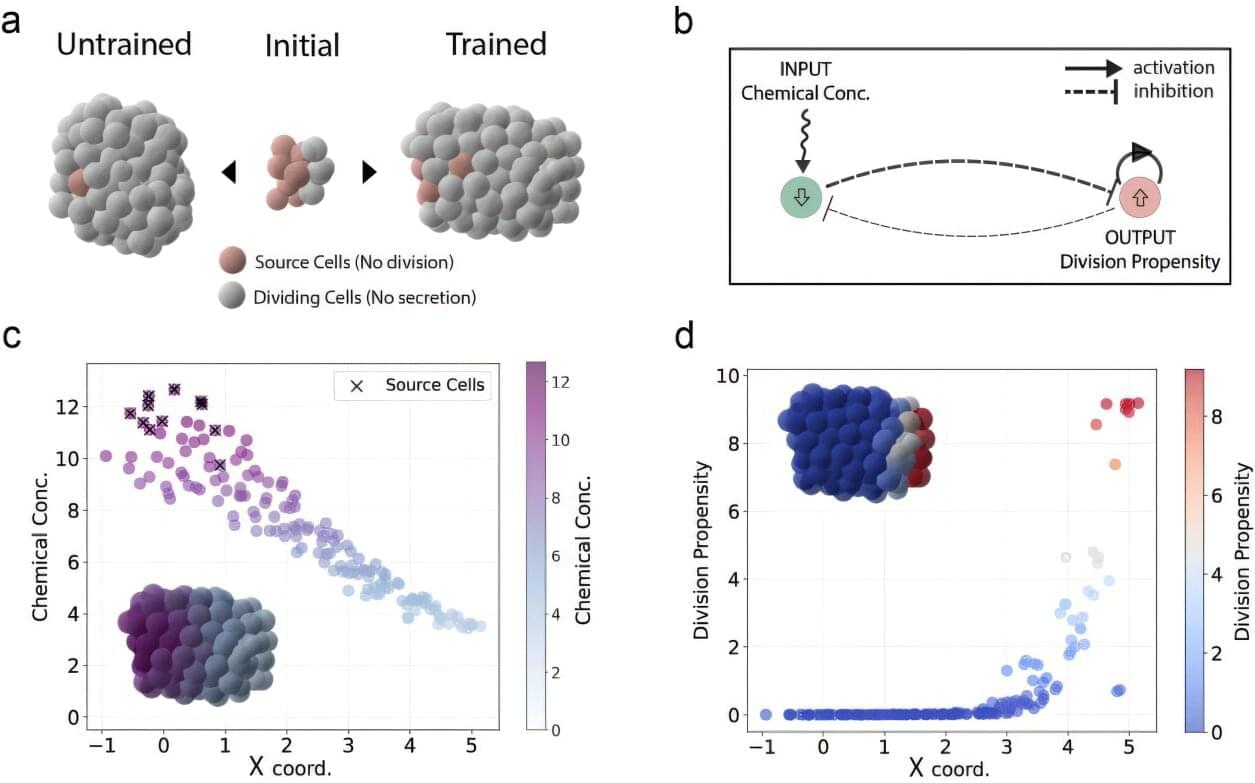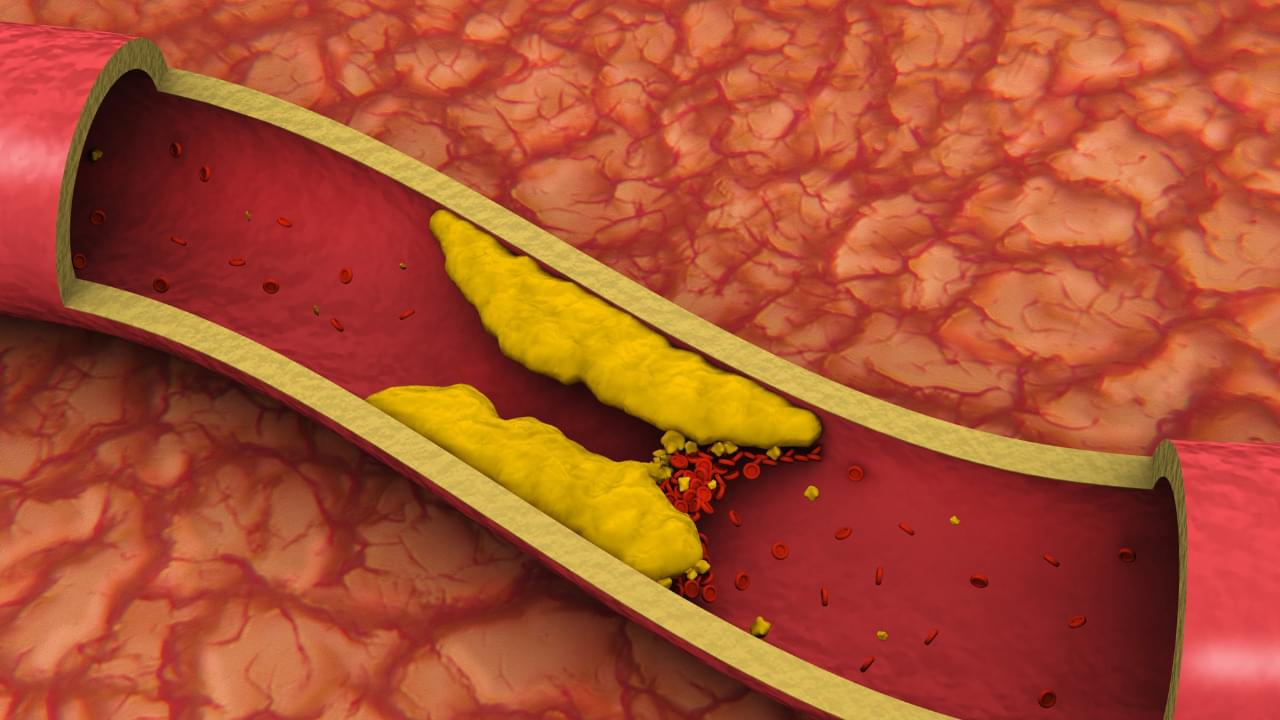With Health Ministry okay, Tel Aviv University prof will perform surgery that will mark the first time pieces of spine are engineered from human cells and then transplanted



Scientists have uncovered a hidden weakness in one of the deadliest childhood cancers. The tumors, which spread quickly and are notoriously hard to treat, rely on a sugar-processing pathway to survive and grow. By blocking this pathway, researchers were able to slow down the cancer and make it more vulnerable to treatment. This breakthrough opens the door to new therapies for children and young adults facing a disease with very few options today.

The slot-shaped aperture in the curved chain of magnets accommodates beams at different energies — a feature that would allow rapid switching among energies for more effective cancer treatment. This image shows a beam of light shining through the array with Mechanical Support Group staff in the background. (Kevin Coughlin/Brookhaven National Laboratory)
When the magnets arrived at Brookhaven, Katie Chen, a mechanical engineer, produced an architectural model of the assembly that Rob Karl, Adrian Timon, Travis Herbst, and Edward Dabrowski from the Mechanical Support Group used to properly align the magnets and bolt them to a supporting steel plate. To test that the magnets would accommodate the planned beam trajectories, the team transported the assembled array to the NASA Space Radiation Laboratory (NSRL), a facility that draws particles from the collider-accelerator complex supplying beams to Brookhaven Lab’s nuclear physics research facilities.
“This team tirelessly dedicated their time and expertise to completing the assembly and worked with exceptional dedication throughout Father’s Day weekend to help with these tests,” Mahler said.

Until now, the early phase of drug discovery for the development of new therapeutics has been both cost- and time-intensive. Researchers at KIT (Karlsruhe Institute of Technology) have now developed a platform on which extremely miniaturized nanodroplets with a volume of only 200 nanoliters per droplet—comparable to a grain of sand—and containing only 300 cells per test can be arranged.

New delivery method lets cancer patients skip IVs, self-inject protein drugs at home.
Patients with cancer, autoimmune diseases, and metabolic disorders often endure hours-long intravenous infusions.
These treatments involve protein-based drugs, which must be given in high doses but remain stable only at low concentrations. Until now, IV infusions were the only option.
A Stanford research team has developed a delivery platform that changes this. The method allows protein drugs to be concentrated at far higher levels without losing stability.

Scientists in the US discovered that zinc-ion batteries could potentially replace lithium-ion ones as fast charging makes them stronger instead of wearing them down.
Led by Hailong Chen, PhD, an associate professor in the George W. Woodruff School of Mechanical Engineering at Georgia Tech, the research overturned the long-standing assumption that fast charging is risky.
Instead, the findings revealed that charging zinc-ion batteries at higher currents can extend their lifespan and potentially revolutionize how energy is delivered to homes, hospitals, and the grid.

One of the most fundamental processes in all of biology is the spontaneous organization of cells into clusters that divide and eventually turn into shapes—be they organs, wings or limbs.
Scientists have long explored this enormously complex process to make artificial organs or understand cancer growth—but precisely engineering single cells to achieve a desired collective outcome is often a trial-and-error process.
Harvard applied physicists consider the control of cellular organization and morphogenesis to be an optimization problem that can be solved with powerful new machine learning tools. In new research published in Nature Computational Science, researchers in the John A. Paulson School of Engineering and Applied Sciences (SEAS) have created a computational framework that can extract the rules that cells need to follow as they grow, in order for a collective function to emerge from the whole.

It is a very common belief that once plaque builds up in the arteries, it is there to stay, a slow, irreversible path towards heart disease. Doctors generally prescribed lifelong medication, stents, or even surgery as the only way forward. But as longevity expert Dr Vass, trained at Cornell, points out, that it might not all be true. Science now shows that arterial plaque can indeed be managed, reduced, and even stabilised if the root causes are targeted. So, can plaque really be reversed, and can this lower the risk of heart attacks? Here’s all we need to know about it.
